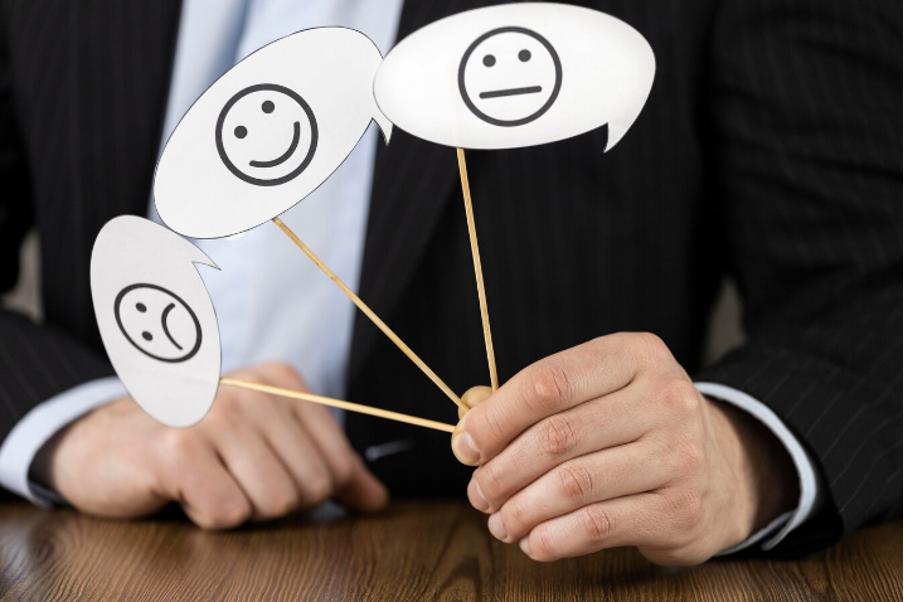Anger Management Strategy With Mindfulness
-
Published:25 June 2024
-
Updated:07 December 2024

What is Anger and Why is It Needed?
This emotion is usually considered negative: from childhood, it is contrasted with goodness; a wicked character possesses negative characteristics: deceives, offends, and plots. Anger is associated with aggression, hysteria, inability to manage emotions, and keep oneself under control. Anger is the basic feeling and is inherent in human nature. If ancestors had found a way to eliminate anger, you wouldn't be reading this article now.
Anger is needed to protect oneself and loved ones, seek or maintain resources, and provide energy for change.
When Can the Feeling of Anger Become a Problem?
Mild anger is called irritation; when emotions overwhelm us, it is called rage. Some people constantly experience anger. How we understand and manage this emotion depends on temperament, perception, and the social context in which we grew up and find ourselves.
So, the emotion is evolutionarily conditioned, but in what cases can its presence become a problem? The answer is obvious: when one cannot manage anger. It becomes difficult for a person to think critically; the feeling ceases to help and begins to harm. If you do not express it promptly and as intended, you deprive yourself of the energy for change and growth. So, what to do with anger?

How Mindfulness Practices Help Manage Anger
Scientific research shows that mindfulness practices reduce impulsivity, develop the ability to release heavy emotions, and help people recover faster. These changes occur due to the strengthening of the prefrontal cortex and the reduction of the amygdala activity.
1. Develop mindfulness
Answer the questions:
- What am I thinking about?
- What am I feeling?
- What sensations do I feel in my body?
You have just completed a short mindfulness practice - the first step towards developing mindfulness. This will help you understand when you are getting angry.
2. Experience anger skillfully
The nature of any emotion is compared to a wave: it gradually builds up, reaches its peak, and subsides. When you learn in mindfulness training to do nothing and simply be present with your emotions, the intensity decreases, and over time, the feeling dissolves.
Answer the questions:
- What happens when you get angry?
- What do you feel?
- How does anger feel in your body?
Observe how sensations arise and change over time.
3. Disidentify from the emotion
When anger strikes, the rational thinking part nervously paces on the sidelines, and intense emotions take the stage. We immerse ourselves fully in it and cannot stop being angry just by wanting to. The mindfulness technique allows you to feel emotions but not identify with them.

Conclusion
Anger is a temporary negative state; anger passes and does not define your personality or behavior. With mindfulness practices, you notice that you are experiencing an emotion but do not succumb to the destructive influence of a temporary state (do not shout, become aggressive, or withdraw into yourself), but choose a behavior strategy that aligns with your goals and values.
Mindfulness and emotion regulation (https://www.sciencedirect.com/science/article/abs/pii/S2352250X15000974). Accessed 7 dec 2024







.svg)
.svg)
